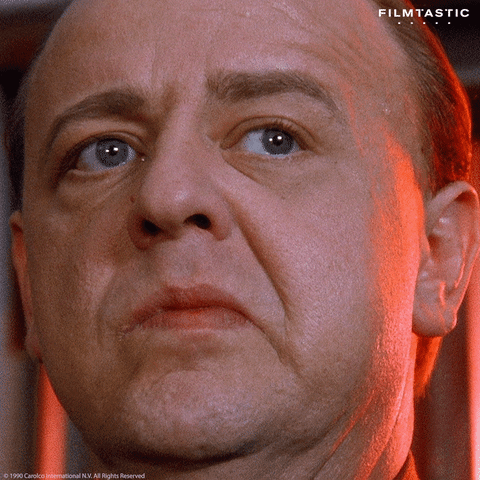If it's cut from the MMJ plates or a new cut, here are their notes on it
Please read this first before purchasing this classic Blue Note.
It's important to understand that up until around 1968, all of Rudy Van Gelder’s recordings were live to two track, or, in the mono era, live to one track. What this means is that Rudy was mixing everything live, as the musicians played. This is way before the “fixing it in the mix" using multi-track tape was possible. The band played, the tapes rolled and Rudy mixed on the fly. It went like that from the early 50s, when Rudy started his recording practice in his parent's Hackensack home, until late into the 60s when he had moved to Englewood Cliffs, NJ. Around 1968, Rudy obtained a multi-track recorder and began the now common practice of post session mixing. There are many instances of brief mic overload on Rudy's recordings during the live to one and live to two track eras. It was part of the process during that time….. Hearing Rudy diving for the fader when someone comes in "hot" on a mic is something that is a part of many, many Blue Note recordings, including this great classic from Horace Silver, Song for My Father.
That Rudy was able to minimize this as much as he was on sessions is a kind of minor miracle and shows his incredible prowess as an engineer. Having heard now well over 170 Blue Note original master tapes in the studio, we take it for granted that there will be moments of various degrees of mic overload on various sessions. We heard the same thing on our very first release, Speaking' My Piece by Horace Parlan. It's all a matter of degree. Some of it is so minor that most would not notice it. Some is more overtly obvious, like the piano note on “Lonely Woman”.
This is all part of the history of recording, the history of Rudy Van Gelder and the history of the great label Blue Note. One could choose not to listen to the great Hot 5 recordings of Louis Armstrong due to the less than modern multi-track perfection of the recordings. We put out heart, soul and a tremendous amount of money into making these reissues be everything they can be. Are there occasional recording flaws, due to the nature of live to two track recording? Yes. The vast majority of Blue Note fans know this very well. Mastering is a completely different process than mixing. Mastering looks at the overall presentation of the music. Mixing is the process of actually positioning and adjusting the level of each individual instrument. Since Rudy was recording “live" the mixing was happening as the band was playing. There is no possibility of going back to fix it later, as there is in modern multi-track recording. So getting back to Horace's masterpiece album Song for My Father, when we were mastering this title I Joe Harley and our Engineer Kevin Gray heard moments of overload, same as we hear on many classic Rudy recordings. Did we collectively think for a second that meant that thousands of Blue Note fans should not hear the music as a result? No. If we thought that we would have to eliminate 20% of the Blue Note catalog if not more. I hope this gives some further background on the nature of the Rudy Van Gelder master tapes. Please do not take our word for it. Some simple Google investigation will verify everything written above.
